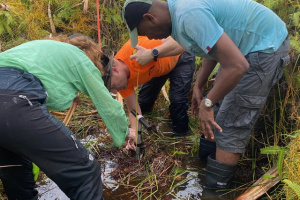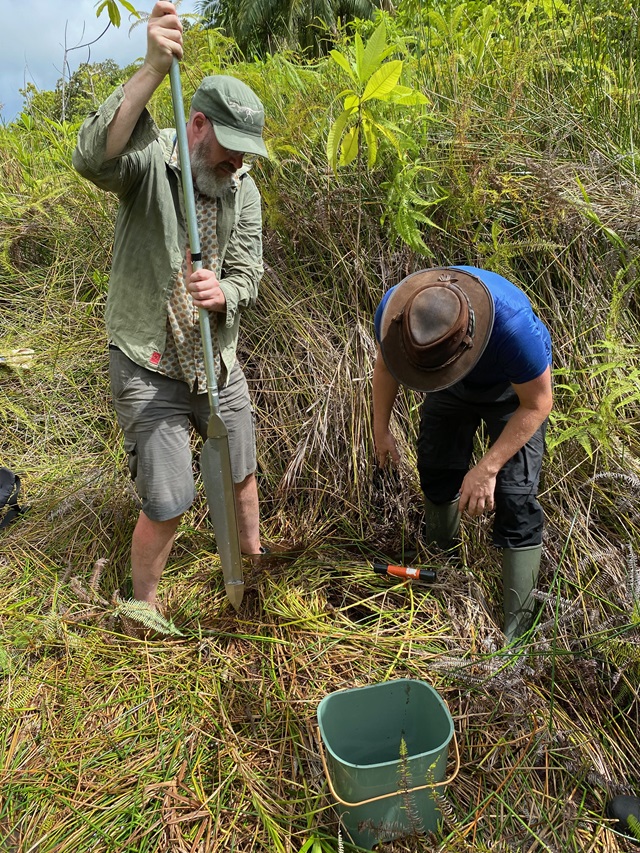Comparative research starts on Seychelles to understand how islands evolved
Research |Author: Juliette Dine Edited By: Betymie Bonnelame | February 11, 2024, Sunday @ 09:29| 17722 views
A team was in Seychelles for a few weeks from September to October and has gone back to Spain. (Xaali O'Reilly Berkeley)
Comparative research has begun in Seychelles by scientists from the University of Autonoma in Barcelona, Spain, on fossils and sediments that will help them understand how the island nation has changed compared to other islands of the world.
The research that will be conducted on the three most populated islands, Mahe, Praslin and La Digue, is being done in collaboration with the Seychelles Islands Foundation (SIF), funded through the European Research Council (ERC) consolidator grant.
A team was in Seychelles for a few weeks from September to October and has gone back to Spain. According to the team leader, Sandra Nagué, from, they will be starting the research immediately.
Nagué said they are trying to understand how Seychelles islands are and have been changing in the past and eventually if the forests in the islands have similar changes.
"If we can do that, we can try to understand interactions between plants and animals and I'm trying to understand a bit more about the restoration process. Firstly, we need to do the chronological studies about getting the sedimentary course, the basic geological samples where we will be able to extract some micro-fossils that will hopefully allow us to understand how plants in Seychelles changed in the past."
The researchers will be reconstructing past vegetation by using ancient sedimentation DNA so that they can go back thousands of years.
"After a few months, we will get the data and then we shall decide on which coordinates we will work on. I will do the DNA, someone else will do the pollen as everyone has a different role to bring together the picture of the past," said Nagué.
 |
| The researchers believe that the findings could also tell them something about the animals in that area. (Xaali O'Reilly Berkeley) Photo License: All Rights Reserved |
The team will also use genetic markers for animals that will help them to understand what was there in the past and establish if the giant tortoises were there at that time or if they became extinct in certain places, if they can obtain DNA from the sediments.
One of the team members, Dr Xaali Berkeley, who is a geneticist, said, "The team hopes to get some of the oldest tropical sedimentary ancient DNA, which will be very useful because we can get much finer resolution and more specific species identification."
The main focus will be on the ecosystem around the animals.
"With the research on the islands, we can try to identify if there has been a lot of impact/change when humans came in, especially in the composition of plants. If we find the DNA of a plant before humans came to settle then we can say that it is a native plant, otherwise it would have been brought in by the humans," she said.
The researchers believe that the findings could also tell them something about the animals in that area.
They said they do not know how long it will take to get all the data and that in the first step, they will undertake radiocarbon procedures to find out how old they are. This will take a couple of years to obtain some results.
Next will be the statistical analysis of the data and this will provide the researchers with a global view of how the Seychelles islands evolved compared to other islands in the world.
Back
